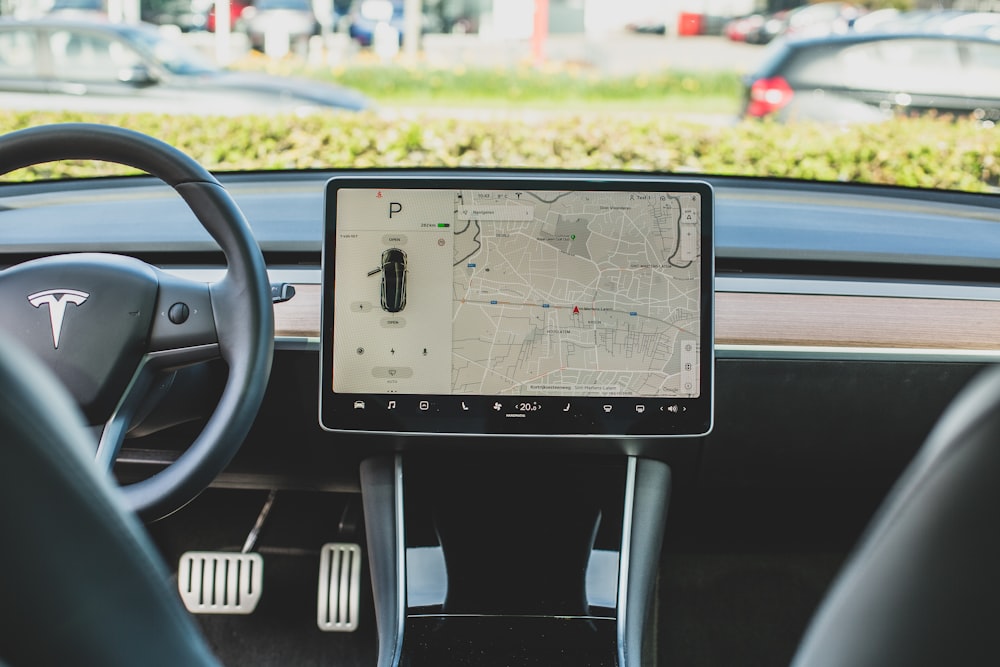Why Is It Vital To Recalibrate Your Electronic Safety?
Several current vehicles have a required electronically-controlled safety systems also known as electronic stability program (ESP) or dynamic stability control (DSC). It takes care of the airbags, together with optional collision evasion components such as lane departure and blind spot detection alerts.
These are features that help prevent mishaps or at the least lessen the intensity of the impact. Despite all these modern additional developments, vehicular accidents still happens. Even a little fender bender everything has to be tested to gauge its alignment and general efficiency.
Recalibration is important
Recalibration must be performed first before the collision technicians begin to work on your vehicle to complete the repair. It goes without saying that even the airbag system should be checked if it is working.
Any skilled technicians knows that if you do not do a comprehensive recalibration on the highly sensitive delicate electronic systems, your safety and that of your passengers could be in danger.
To make sure that this does not happen, there are various steps that has to be taken utilizing particular diagnostic equipment. Below are tips on electronic recalibrations that you owe to understand to save your life and other people as well.
Steps on recalibrating electronic system
Recalibration means to reset all the sensors, cameras, and technology to do its job correctly from the new details of the car. Its main objective is to calculate and regulate errors or doubts.
Hence, if the electronic safety systems do not work, when signal is sent to it from its sensor, then, nothing is happening. Having said that, your vehicle’s delicate safety systems have to be checked and recalibrated.
Here are three important steps:
- Utilization of the OBD port to scan the vehicle’s specific codes for erroneous messages.
- Clearing-out the diagnostic codes
- Recalibrate or do a reset sensors and radar in accordance with the manufacturer’s description.
There are also other specialized companies who help in the system recalibrations, or you cantake your car to a certified local dealership to do the reprograming. Skilled technicians use ALLDATA, I-CAR, or OEM to access the right reprogramming specified by the car manufacturer.
Regular Collision Repairs Can Interrupt Electronic Signals
Aside from the harm done from the mishap, there are other regularly done collision repairs that can interrupt the on-board electronic systems which includes the following:
- Replacement of the windshields.
- Disconnection of the electrical rewiring.
- Assembling grill repairs and replenishments.
- Painting of the body panels and plastic bumpers.
A lot of this safety sensors are in the front or rear of a vehicle. Even newly painted surfaces must not cover the sensors like a plastic bumper. The painting should have a particular utmost thickness of the paint measured, which is equals 1/1000 of an inch. So, the sensors could work well.
In summary, recalibrating is a must for ISO certified facilities calibration. It is usually essential to retain the certification. In the end, better safe than sorry.
Finding the Right Body Shop to Do Electronic Recalibrations
When you are involve in a vehicular accident and your electronic system isn’t working, ask the body shop manager about doing a scan and recalibrations on your electronic systems. Chaney’s Collision Center can do more than just recalibration. Chaney’s Collision Center employs skilled collision technicians and uses state-of-the-art equipment. You can call Chaney’s Collision Center at (623) 915-2886.

